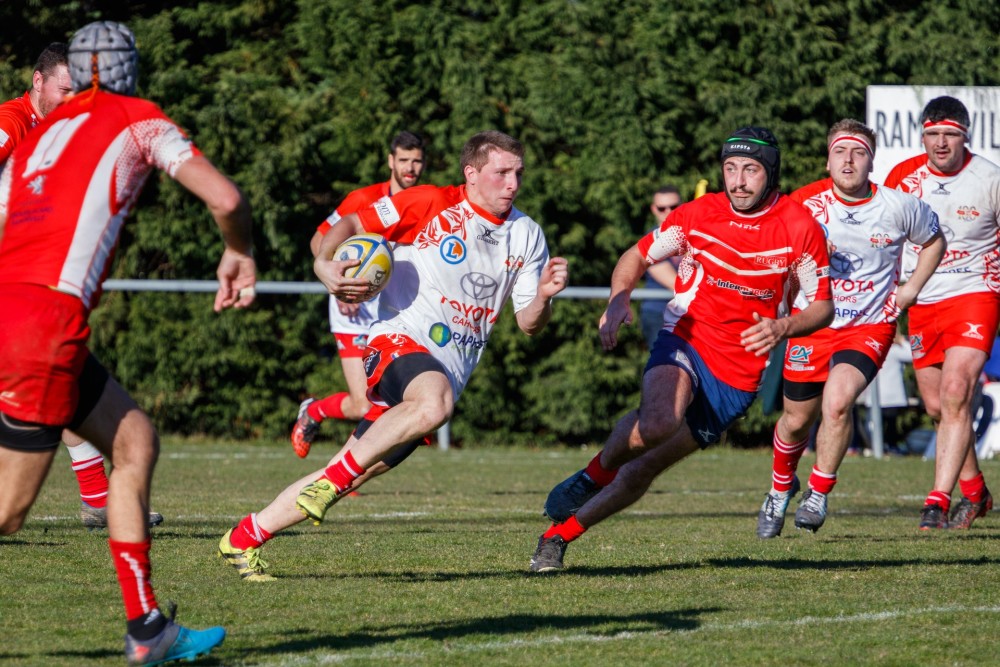As we are in uncertain times and with multiple instances of gyms closing, reopening, and closing again, many of us have had to improvise with regards to our health and fitness goals.
The sporting season for most seasons has been cut short, however athletes have had to stay fit and ready in order to compete in their sport as soon as they are able to.
What kind of training do these individuals need to do, in order to stay fit and ready for the sporting season?
The underlying factor for any athlete to stay ready, fitness-wise, is usually how bad they want to play and how bad they want to excel in their chosen sport.
Let’s start with specificity: what does this mean, exactly? What specific physical characteristics do you need to train, and what is the nature of the sport? Are there aspects you can train with minimal equipment and the use of the outdoors?
For the sake of this newsletter, let’s use rugby as an example. It’s a Winter sport which requires the use of a field, and it provides markings for conditioning-based drills.
Rugby has different needs, conditioning-wise, depending on the player’s position.
